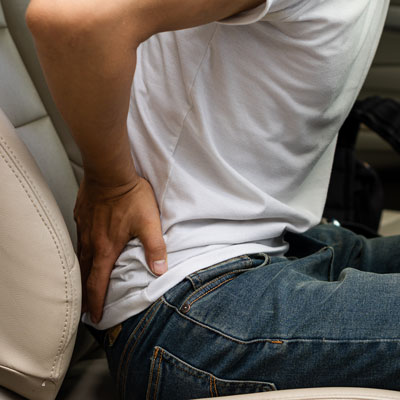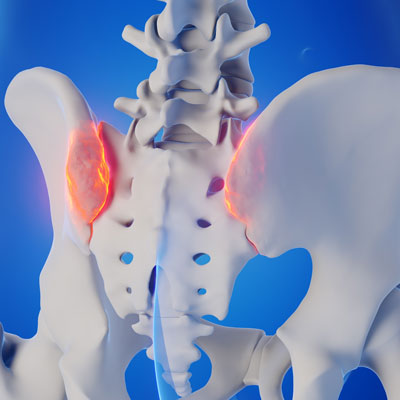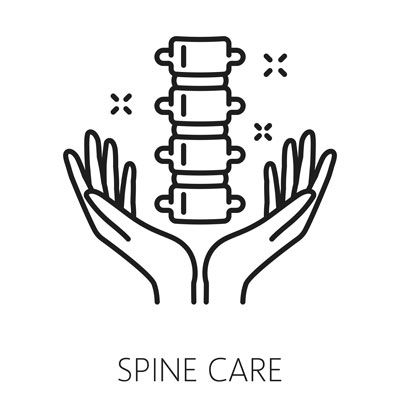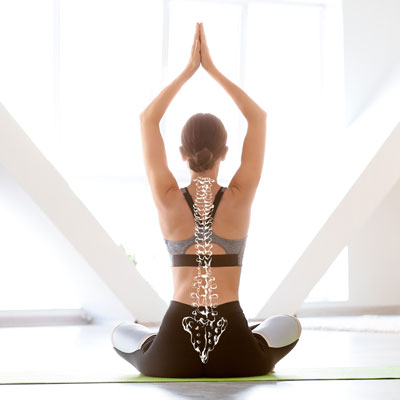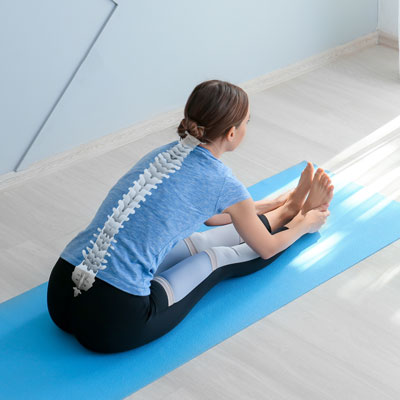How Poor Posture Affects Your Body: Understanding the 5 Types of Poor Posture and the Conditions They Cause
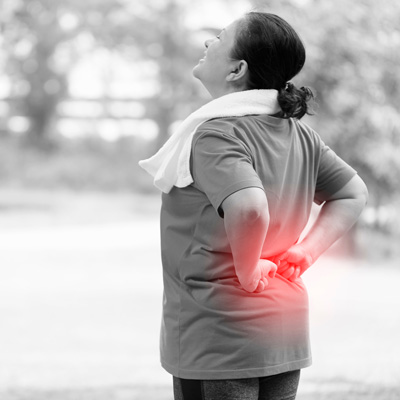
Have you ever experienced chronic pain or discomfort that you couldn’t quite explain? Have you noticed that no amount of medication seems to help alleviate your symptoms? If so, you might be suffering from poor posture, which is more common than you might think. Poor posture occurs when your body is not aligned correctly, putting pressure on different muscles, joints, and bones. Let’s explore the 5 types of poor posture and 5 common conditions that poor posture causes in the body. SpineWorks Chiropractic will also introduce you to Chiropractic BioPhysics® and orthotic Denneroll™ devices, which can help correct poor posture and alleviate chronic pain once and for all.
Type 1: Forward Head Posture
When we spend a lot of time sitting in front of a computer or hunching our shoulders over a phone, we can develop forward head posture. This type of poor posture occurs when the head juts forward, causing strain on the neck, shoulders, and upper back. Forward head posture can cause chronic headaches, neck pain, and even numbness or tingling in the arms and hands.
Correcting forward head posture can significantly improve health by reducing muscle strain, joint pressure, and overall discomfort. It can enhance the mobility of the neck and shoulders, improve circulation, and even increase lung capacity as the chest is allowed to expand fully. These health improvements can significantly boost the quality of life by promoting better sleep, improving physical performance, and even enhancing mood due to the decrease in chronic pain.
Conditions such as chronic headaches, neck pain, numbness, or tingling in the arms and hands, often associated with forward head posture, can be eliminated or significantly reduced. In some cases, correcting this posture can even alleviate certain respiratory issues and heart conditions, as the posture’s correction allows the rib cage to expand fully, enabling better heart and lung function.
Type 2: Rounded Shoulders
Rounded shoulder posture is when the shoulders slump forward instead of being held in a proper alignment. This type of posture is typically caused by slouching or hunching over frequently. Rounded shoulder posture puts pressure on the muscles and joints in the upper back, causing pain, weakness, and stiffness. It can also decrease your lung capacity, leading to shallow breathing and even fatigue.
Correcting rounded shoulders can bring about a multitude of health benefits. By realigning the shoulders, tension on the upper back is relieved which can significantly reduce pain, stiffness, and weakness. The posture correction also allows for better mobility and strength in the upper body, enhancing physical performance and functionality in everyday activities.
Improved posture can also have a direct impact on respiratory health. When rounded shoulders are corrected, the chest cavity is allowed to expand more fully, leading to deeper, more efficient breathing. This can alleviate symptoms of breathlessness and fatigue, and potentially improve the overall oxygen supply to the body and brain.
Conditions often associated with rounded shoulders, such as chronic upper back pain, tension headaches, breathing problems, and fatigue, can be significantly reduced or even eliminated. Moreover, better posture can also contribute to improved mental wellbeing, as the decrease in chronic pain and improved breathing can lessen feelings of stress and anxiety, leading to a more positive outlook on life.
Type 3: Anterior Pelvic Tilt
Anterior pelvic tilt is when the pelvis tilts forward, causing your lower back to arch too much. This type of posture puts excessive pressure on the lower back, contributing to pain and discomfort. Anterior pelvic tilt can also lead to hip pain, knee pain, and problems with walking or standing correctly.
Treatment of anterior pelvic tilt brings significant health improvements. By correcting the tilt, the excessive pressure on the lower back is alleviated, providing relief from pain and discomfort. The alignment correction can also address related hip and knee pain, enhancing comfort and mobility. Furthermore, rectifying this posture can resolve issues with walking or standing, leading to improved balance and coordination. Conditions commonly associated with anterior pelvic tilt, such as chronic lower back pain, hip discomfort, knee problems, and mobility issues can be significantly reduced or even eliminated. In addition, the correction of this posture can boost overall wellbeing, as the reduction in chronic pain contributes to improved mood and increased energy levels.
Type 4: Sway Back Posture
Swayback posture is when the upper body slumps forward, and the lower back curves too much. This type of poor posture can cause stress on the joints and muscles in both the upper and lower back, contributing to chronic back pain and discomfort. Swayback posture can also lead to problems with balance and coordination.
Treating sway back posture can lead to numerous health improvements. By correcting the posture, undue stress on the muscles and joints of both the upper and lower back is alleviated, reducing chronic back pain and discomfort. The posture correction also restores the body’s natural alignment leading to better balance and coordination, essential for everyday activities and physical performance. Conditions commonly associated with sway back posture, such as chronic back pain, balance, and coordination issues, can be significantly reduced or eliminated entirely. Furthermore, the correction of sway back posture can enhance overall wellbeing as the pain reduction can lead to improved mood and increased energy levels, contributing significantly to a more active and fulfilling lifestyle.
Type 5: Flat Feet
Although not technically a type of posture, having flat feet can lead to poor posture and contribute to chronic pain. Flat feet occur when the arches in your feet collapse, which can cause your ankles to roll inward. This type of poor alignment can cause your knees to turn inward, contributing to hip and lower back pain.
Treating flat feet can lead to substantial health improvements. By correcting the foot’s alignment, undue strain on the ankles, knees, hips, and lower back is alleviated, mitigating associated chronic pain. This corrective action can significantly enhance mobility and balance, making walking, running, and other physical activities more comfortable. Additionally, it can prevent the development of other related conditions such as plantar fasciitis, bunions, and shin splints. Conditions commonly associated with flat feet, like lower back pain, hip discomfort, knee problems, and mobility issues, can be significantly reduced or even eliminated. Moreover, having a healthier posture from the foot up can contribute to overall improved wellbeing, as the decrease in chronic pain can lead to a more active lifestyle, improved mood, and increased energy levels.
Poor Posture Treatment in Kennington, London – SpineWorks Chiropractic
Poor posture can cause various conditions in your body, ranging from chronic pain to fatigue and a lack of mobility. However, understanding the 5 types of poor posture and the conditions they cause can help you take proactive steps to alleviate your symptoms. At SpineWorks Chiropractic, we offer Chiropractic BioPhysics® and orthotic Denneroll™ devices to help correct poor posture and alleviate chronic pain. These techniques work by realigning your body to its natural state, thereby alleviating pressure on your joints and muscles. Book your appointment with us today and take the first step towards better posture and health!

